A comprehensive guide on how to get rid of moths using natural products
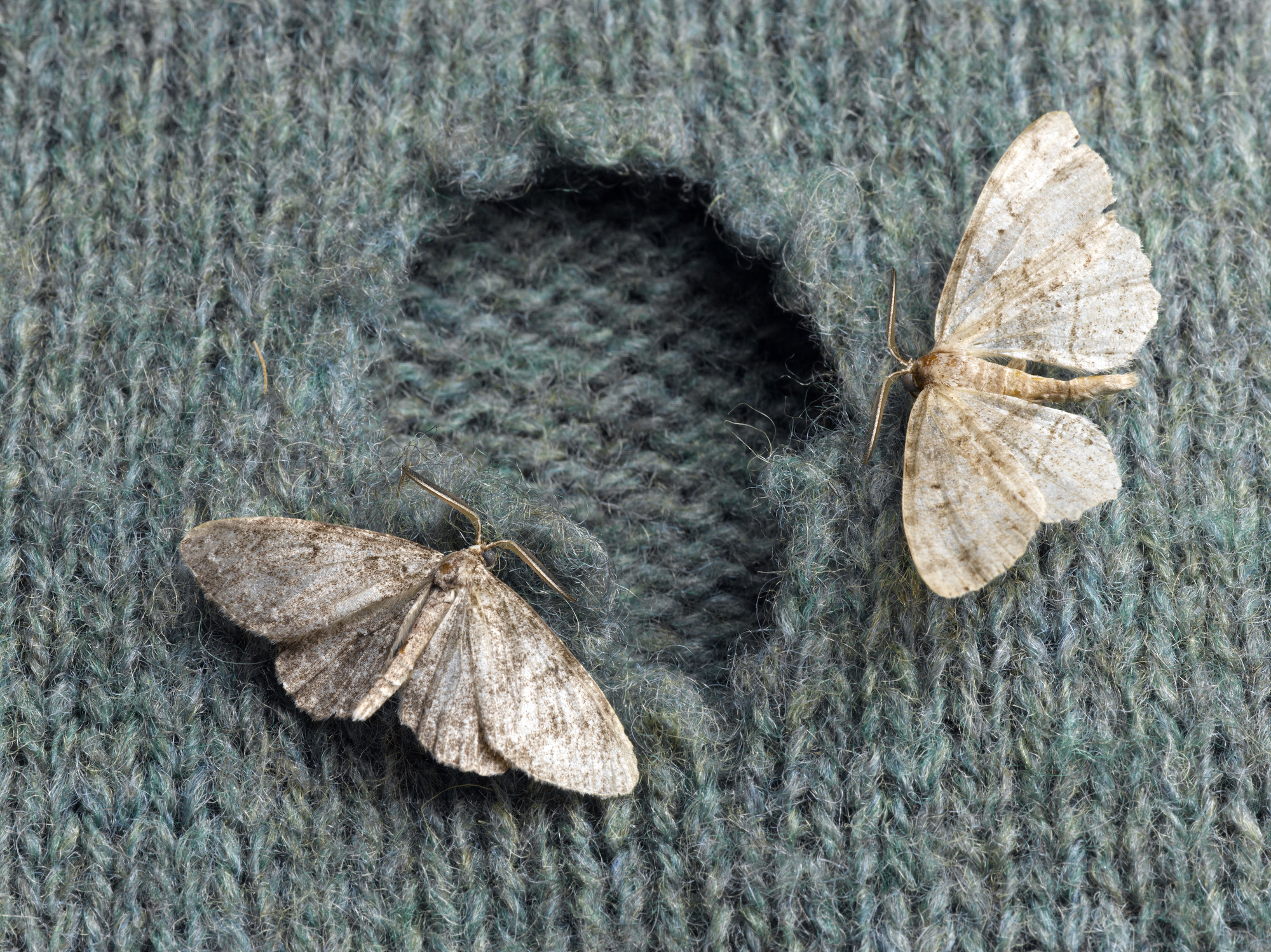

If you're struggling to get rid of moths in your home, this comprehensive guide will give you a step-by-step guide on what you need to do.
We’ve all been there. The dread of seeing a small papery brown moth flitting about near your wardrobe, or finding holes in your precious cashmere. It’s a problem that most of us have encountered, and if it's not dealt with it can lead to serious infestation.
But there are actions to be taken, and luckily those actions don't have to be full of toxic chemicals. Here’s our guide to getting rid of clothing moths with all natural products...
How to get rid of moths using natural products
Locate the source
The first step is to locate the source of the infestation. If it's not obvious then a moth box will help you pinpoint the area of breeding. Place a moth box in each room - these gadgets use the same pheromone that the female clothes moth uses to attract the male to mate. The pheromone is infused into the glue on a glue board inside the moth box so male moths are attracted to the glue and stick!
If you have found holes in your clothes then you are probably already aware moths are inside your wardrobe. Inspect inside wardrobes and cupboards, depending on the extent of your infestation you may find white webbing (a bit like messed up cobwebs), frass (the excrement of insect larvae) and you may even find larvae, although these are not always visible.
Inspect carpets, especially round the edges, check rugs including the undersides and under bits of furniture. Any soft furnishings that have fabric undersides such as foot stools or sofas need to be tipped up and checked underneath and the backs of curtains - the ruffles at the top of curtains can be a sneaky hiding place. Remember moths also love animal hair so you may want to check animal bedding or antique chairs/sofas stuffed with hair.
Sign up to our free daily email for the latest royal and entertainment news, interesting opinion, expert advice on styling and beauty trends, and no-nonsense guides to the health and wellness questions you want answered.

Four step cleaning
- Extract everything from your wardrobe & drawers, separate into 3 piles.
Pile 1- all the moth eaten pieces.
Pile 2 - every single natural fibre piece (even if it's not moth eaten). Natural fibres are cotton, linen, silk, cashmere, wool, felt, leather, fur.
Pile 3 - all synthetic clothes
- Hoover out drawers and cupboards – try to make this part of your cleaning routine, doing monthly if you can to avoid a build up of dust which moths love to lay their eggs in. Clothes moths also don’t like any disturbance so a quick shake of a rail each month will upset them.
- Clean the inside of wardrobes with soap and water, making sure they are fully dry before returning Pile 3- the synthetic clothes.
- Vacuum carpets (especially around the edges), rugs including the underside and all surrounding areas thoroughly. Pull out beds and chests of drawers to remove dust sitting on hard to reach skirting boards and around the edges of carpets.
Treat the area
Treat the room (including wardrobes and drawers) with Total Wardrobe Care Chrysanthemum Spray. The all-natural formula uses pyrethrum extracted from Chrysanthemum flowers and is infused with a May Chang essential oil blend. It kills the adult moths, eggs and larvae on contact.
Close all the doors and windows and draw the curtains, open the wardrobe doors and spray around the room on the walls, on carpets underneath furniture. Close the door and leave for four hours. Then open the doors and windows and leave the room to air for another four hours after which you can start using the room again. Note that this takes in total eight hours so plan this well in advance.
Tip – If you have a particularly bad infestation it's worth throwing away the hoover bag as it's a perfect environment for the moths to breed in!
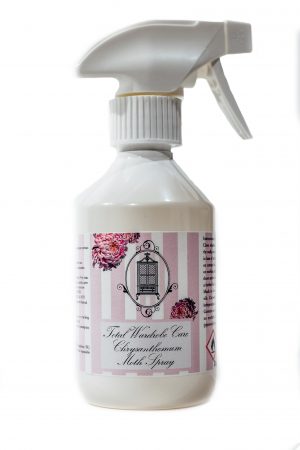
Dealing with the clothes
To get rid of moths you’ll need to break their life cycle, and that means getting rid of any unhatched eggs as well as larvae. Moths eat natural fibres (including cottons and linens) but are particularly partial to cashmere, fur, wool, felt, leather and silk. Pull out everything in your wardrobe that's made from a natural fibre.
Anything with moth holes (that you feel can be saved) take immediately to the dry cleaners. Ideally it would be best to dry clean all the other natural fibre pieces you have separated from your wardrobe, but most of us cannot fathom a dry cleaning bill like this!
Washing the remaining clothes is NOT an option, most of us now wash 30◦C for environmental reasons but even 40◦C will not kill moth larvae. Luckily there are two other options…
Steaming
The high temperature of a steam cleaner means that it will also kill moth larvae - hurray! Personally, we think this is an easier option to freezing, plus you’ll own a steamer for those hard to iron delicate pieces. Make sure the steamed pieces are thoroughly dry before returning to the wardrobe and pay particular attention to inside and outside seams, as these are a prime larvae-laying area.
Freezing
You can also wrap clothes in plastic bags and then pop them in the freezer for 48 hours, as sub-zero temperatures kill moth larvae. Remove the item from the bag and hang outside of the wardrobe for a few hours, so that any moisture on the garment can dry out before you put it away.
Storing the clothes out of season
Storing seasonal clothing is a useful way of creating more space for yourself but how you store your clothes is very important. They need to be able to breathe and they need to be kept dust and moth free.
Moths don’t like the taste of dry cleaning fluid so if you are storing expensive items such as cashmere and coats, then dry-clean them first. If this is not possible then freeze or steam them (making sure to fully dry) to make sure you’re not storing them away full of hidden larvae, which will then hatch and eat your beautiful threads.
Don’t be tempted to store clothes in plastic bags. Cheap plastic garment bags (especially the ones used by dry cleaners) attract dust and a change in temperature can cause condensation on the inside of the bag, leading to mildew forming on your clothes.
We advise investing in breathable cotton garment bags, specially designed to keep moths and dust well away from your precious clothes. Vacuum packed storage bags are also great in the fight against moths, but be warned they can leak plastic fumes, which aren't great for valuable or vintage clothing.
For non-seasonal items such as christening gowns, wedding dresses and hats, it’s recommended to keep them in a breathable box wrapped in acid-free tissue paper. The tissue is pH neutral and ensures that the dyes in the fabrics do not react with the paper and cause discolouration.
Long term solutions
Once you have gone through all this palaver, it's important to keep on top of your wardrobe care and cleaning because, as we all know by now, moths love to breed in dust!
Clothes moth larvae feed on keratin, a protein found in natural fibres but also found in bodily secretions, sweat being one. With this in mind don’t put worn items, or anything with a food spillage back into your wardrobe.
You’ll also want peace of mind that you are guarding your clothes and fabrics against future damage so you can take control with a brand new weapon – the moth decoy. This is a small natural tablet made of carnauba wax micropowder infused with pheromones of the female moth. As the powder is released in the air it attracts nearby male moths.
When a male moth comes into contact with the electrostatic powder, it sticks to the antennae, blocking the receptors and confusing the moth. Instead of searching for female partners, he spreads the powder far and wide, attracting other males, who then also become confused and stop searching for female moths.
As the moths fail to breed the life cycle is interrupted. Over time, without any moths being killed, the powder helps to create a reduction in moth numbers.
You can also use natural moth deterrents inside your wardrobe and drawers. Lavender bags, cedarwood, vetivert, patchouli, laurel, rosemary, clove and thyme are all natural ways to deter moths. Note these will not get rid of moths, but they will stop them making a re-appearance once you have taken all the steps above to clear the infestation.
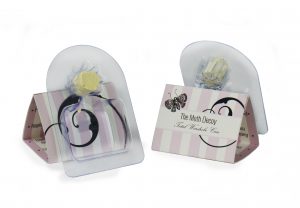
Repairing the eaten pieces
Moth eaten pieces can be repaired so don’t despair if your favourite piece has been chomped. Companies such as invisible-mending.co.uk and The wardrobe curator can repair holes with invisible mending skills. If the piece is largely damaged, you can still give it a new lease of life with visible mending techniques. The trend for visible mending is growing as we all try to live more sustainably - get in touch with Tom Holland or Collingwood Norris design for a quote.
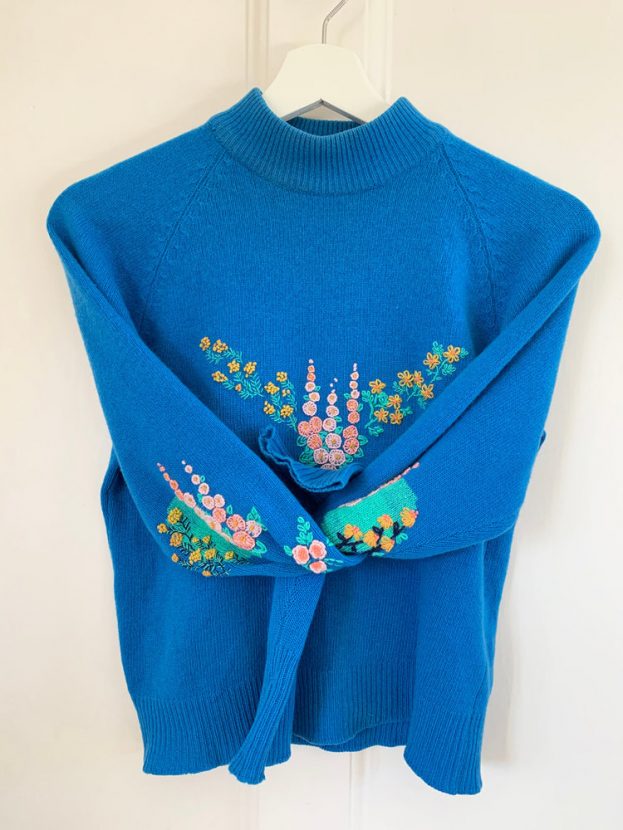
Best natural products to get rid of mothsHere are our top natural moth fighting and storing products...

Chrysanthemum moth spray 250ml, £22, totalwardrobecare.co.uk
VIEW NOW: Chrysanthemum moth spray 250ml, £22, totalwardrobecare.co.uk

Chrysanthemum moth spray 250ml, £22, totalwardrobecare.co.uk
VIEW NOW: Chrysanthemum moth spray 250ml, £22, totalwardrobecare.co.uk
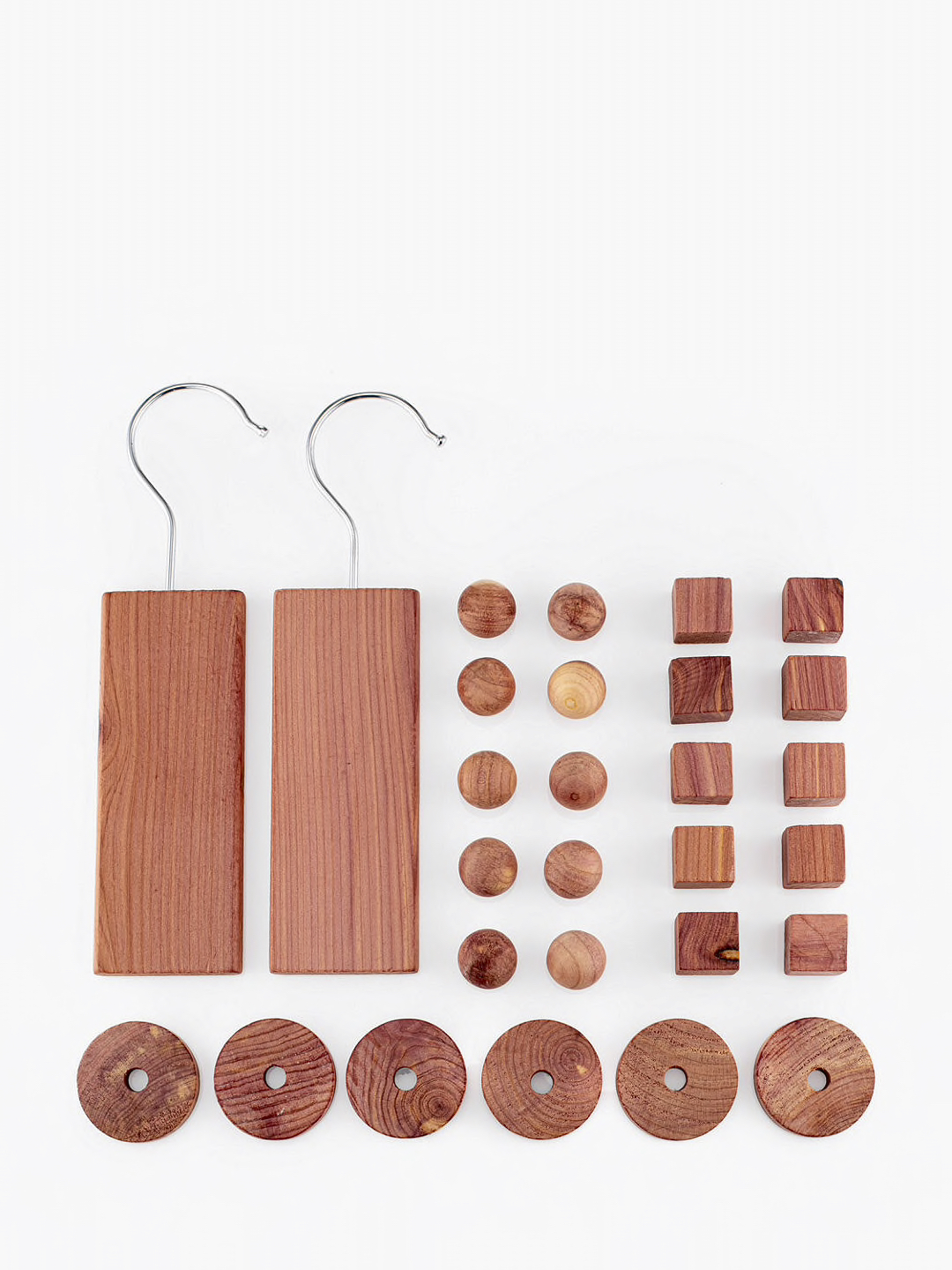
Cedar Wood moth proofing assortment, 28 piece, £6.50, John Lewis & Partners
VIEW NOW: Cedar Wood moth proofing assortment, 28 piece, £6.50, John Lewis & Partners
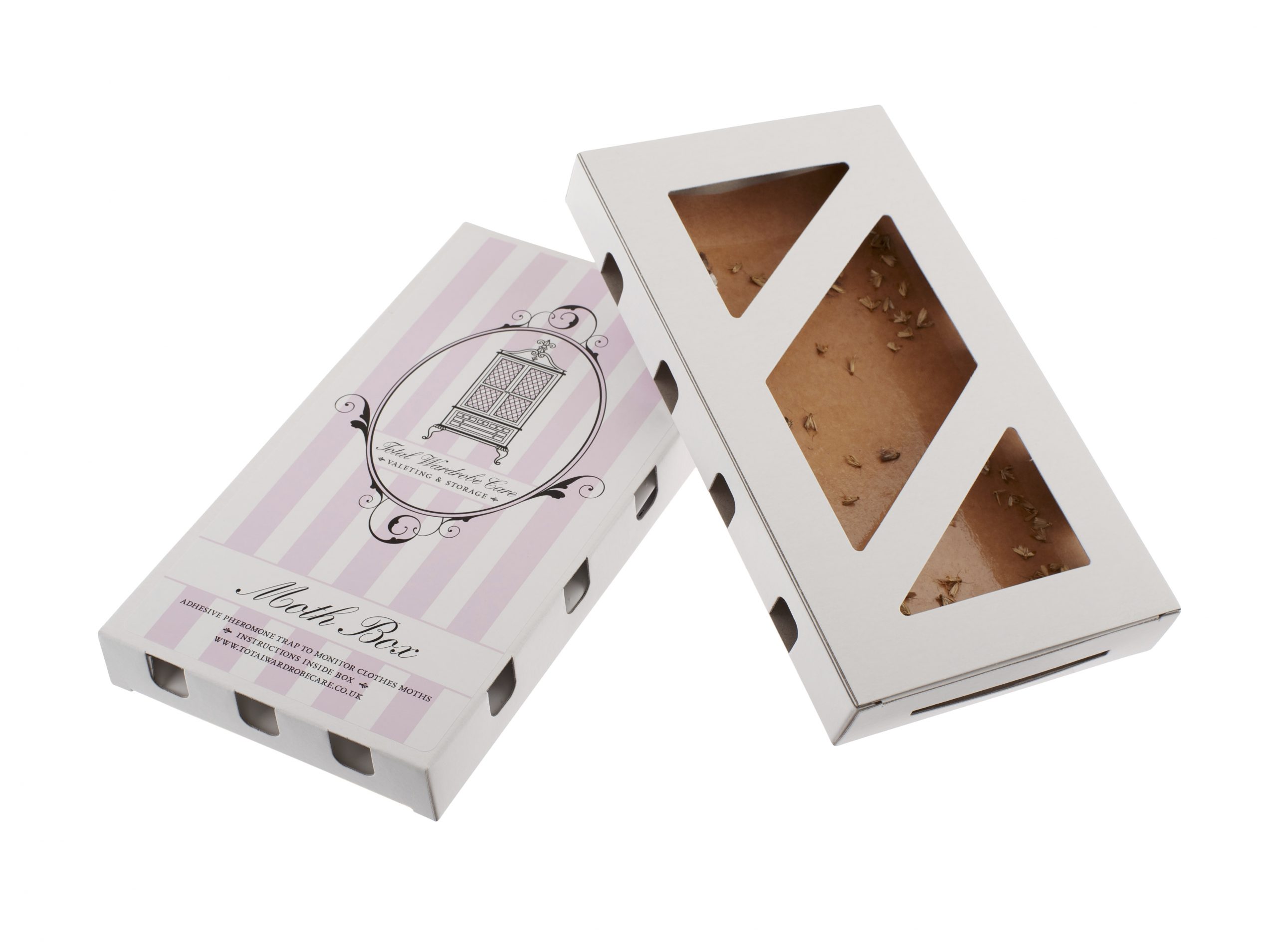
Moth box, £8.50, totalwardrobecare.co.uk
VIEW NOW: Moth box, £8.50, totalwardrobecare.co.uk

Moth box, £8.50, totalwardrobecare.co.uk
VIEW NOW: Moth box, £8.50, totalwardrobecare.co.uk

Himalaya Anti-Moth Sachets, Lavender, £10.70, John Lewis & Partners
VIEW NOW: Himalaya Anti-Moth Sachets, Lavender, £10.70, John Lewis & Partners

Portable Hand Held Garment Steamer, £99, Amazon
Recommended by the Woman & Home Fashion Editor
VIEW NOW: Portable Hand Held Garment Steamer, £99, Amazon
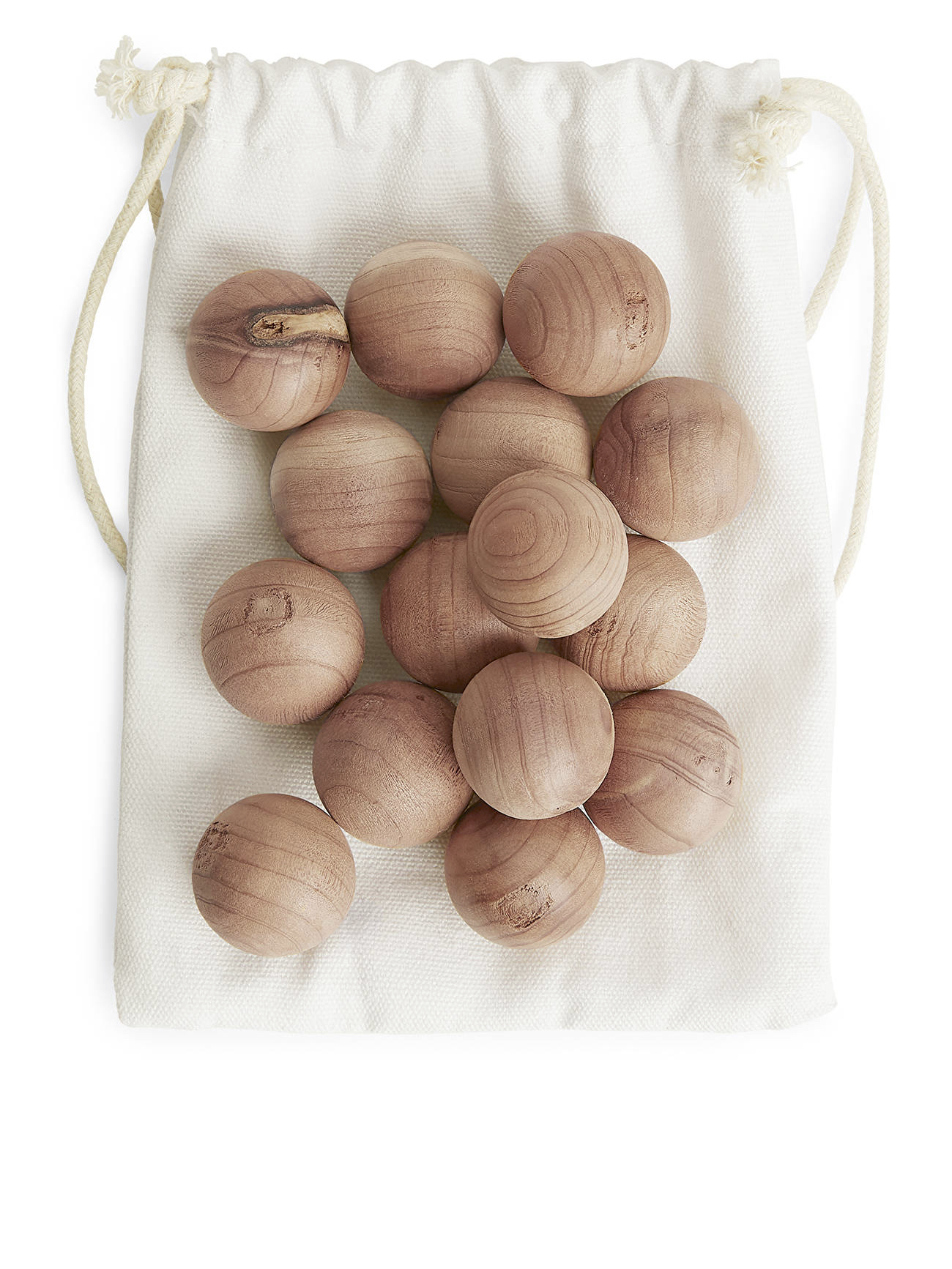
Iris Hantverk Cedar Wood Balls, £5, Arket
VIEW NOW: Iris Hantverk Cedar Wood Balls, £5, Arket

Non-woven garment storage bag, £6.50-£20, totoalwardrobecare.co.uk
VIEW NOW: Non-woven garment storage bag, £6.50-£20, totoalwardrobecare.co.uk

Storage boxes, £25-£95, totalwardrobecare.co.uk
VIEW NOW: Storage boxes, £25-£95, totalwardrobecare.co.uk
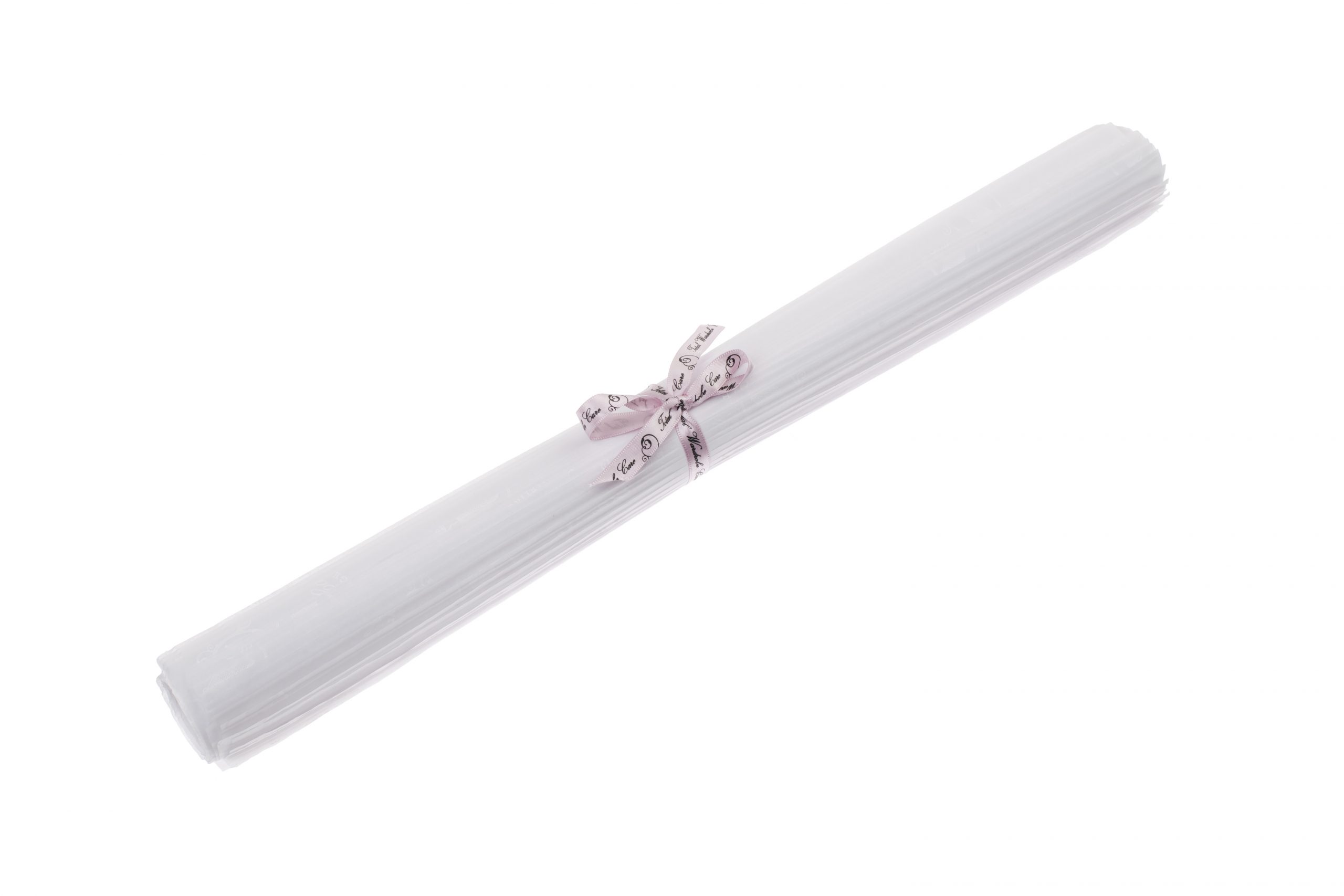
Acid free tisue paper, £8-£20, totalwardrobecare.co.uk
VIEW NOW: Acid free tisue paper, £8-£20, totalwardrobecare.co.uk
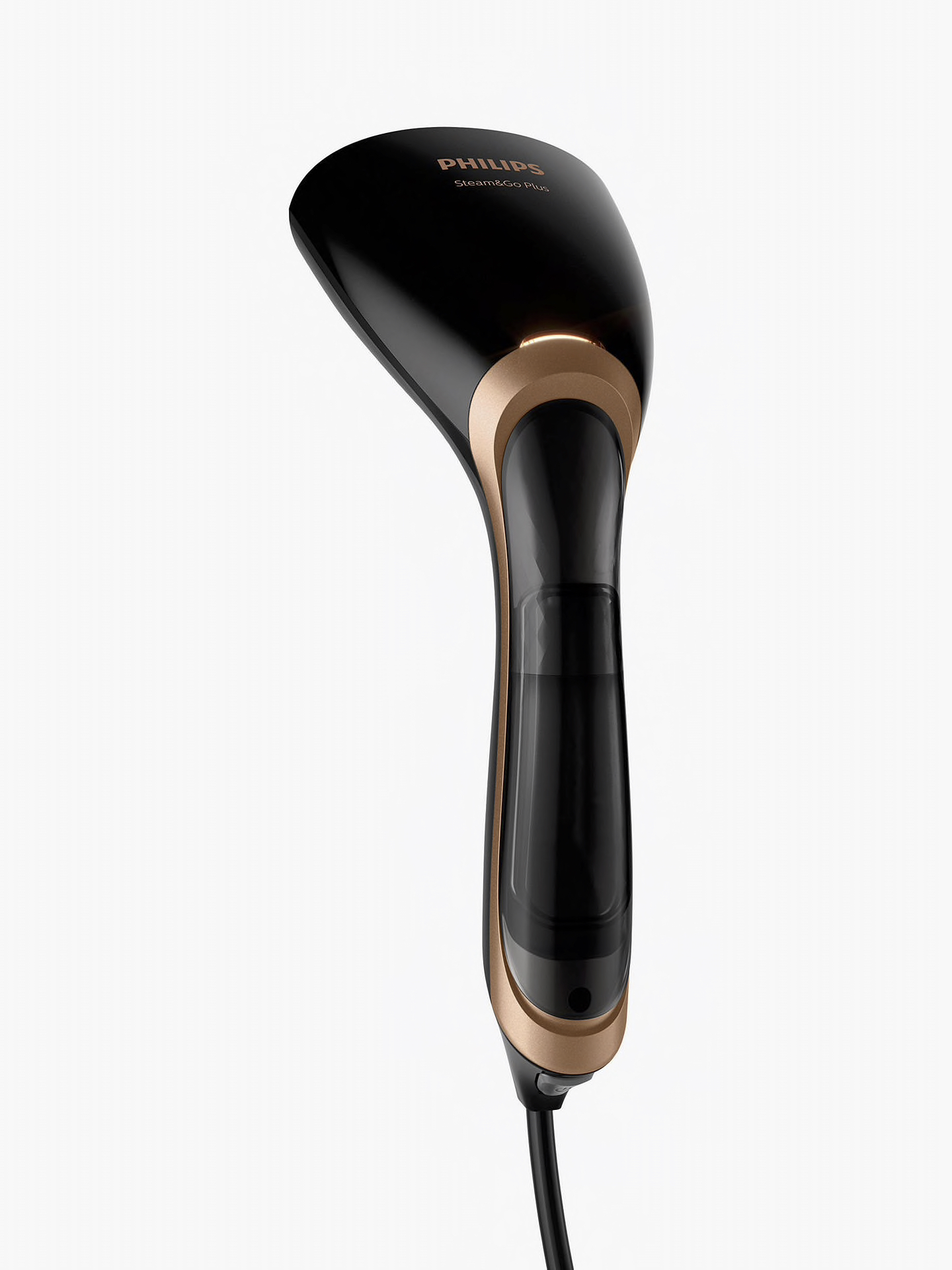
Steam & Go Plus Handheld Garment Steamer, £59.99, Philips at John Lewis & Partners
VIEW NOW: Steam & Go Plus Handheld Garment Steamer, £59.99, Philips at John Lewis & Partners
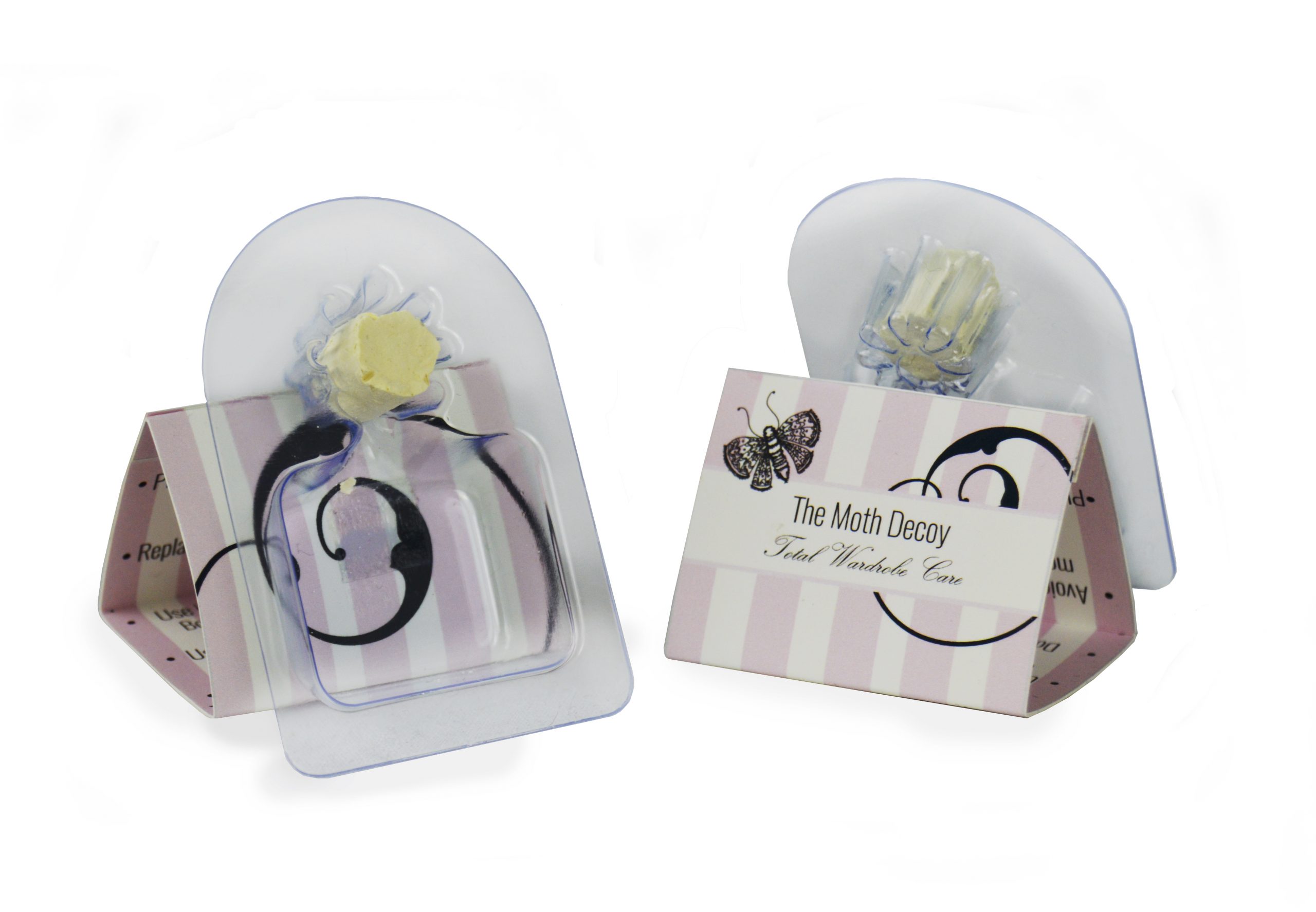
Moth decoy, £15, totalwardrobecare.co.uk
VIEW NOW: Moth decoy, £15, totalwardrobecare.co.uk

Moth decoy, £15, totalwardrobecare.co.uk
VIEW NOW: Moth decoy, £15, totalwardrobecare.co.uk
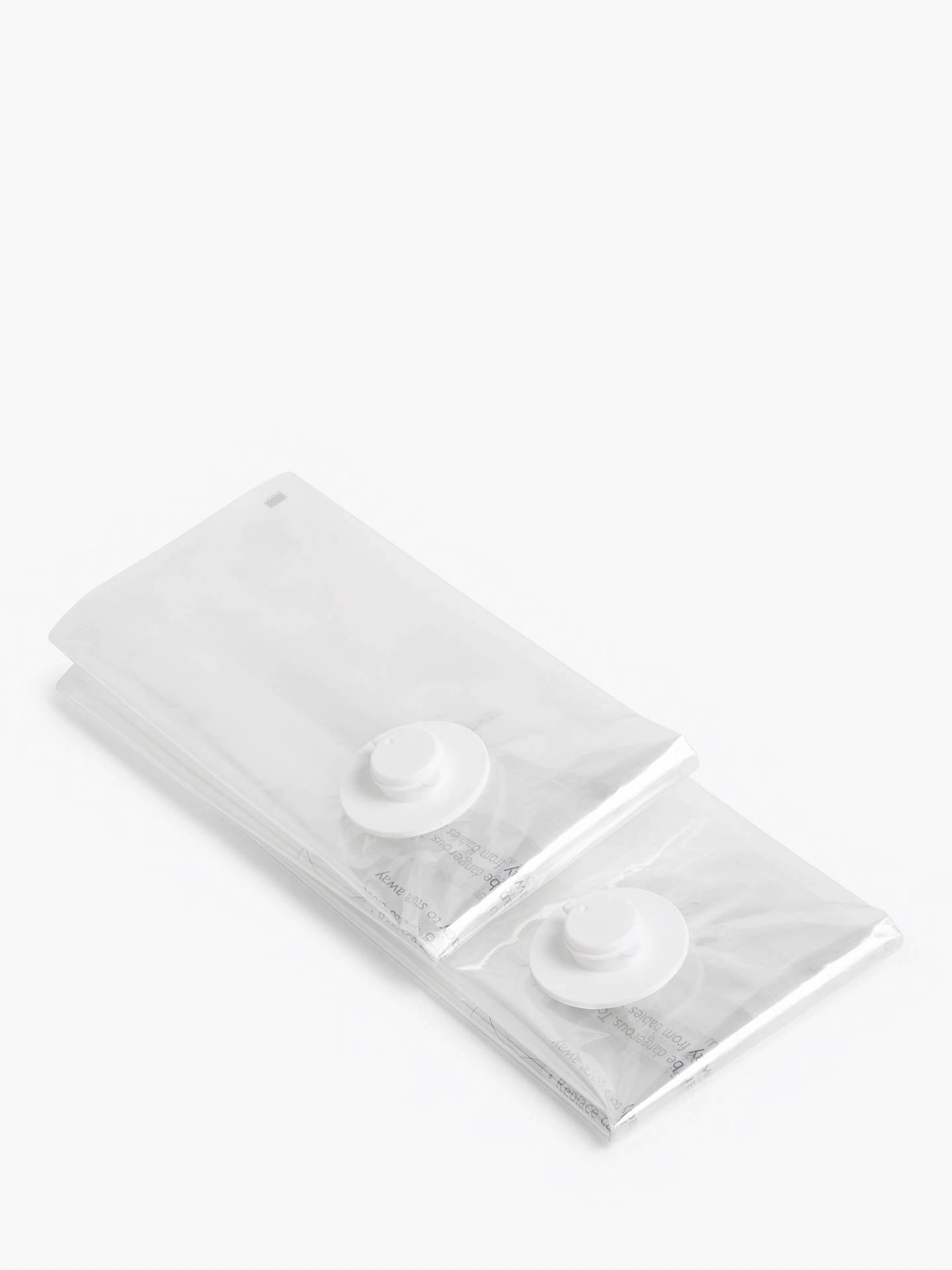
Vacuum Storage Bags, 90 x 55cm, Set of 2 £13.50, John Lewis & Partners
VIEW NOW: Vacuum Storage Bags, 90 x 55cm, Set of 2 £13.50, John Lewis & Partners
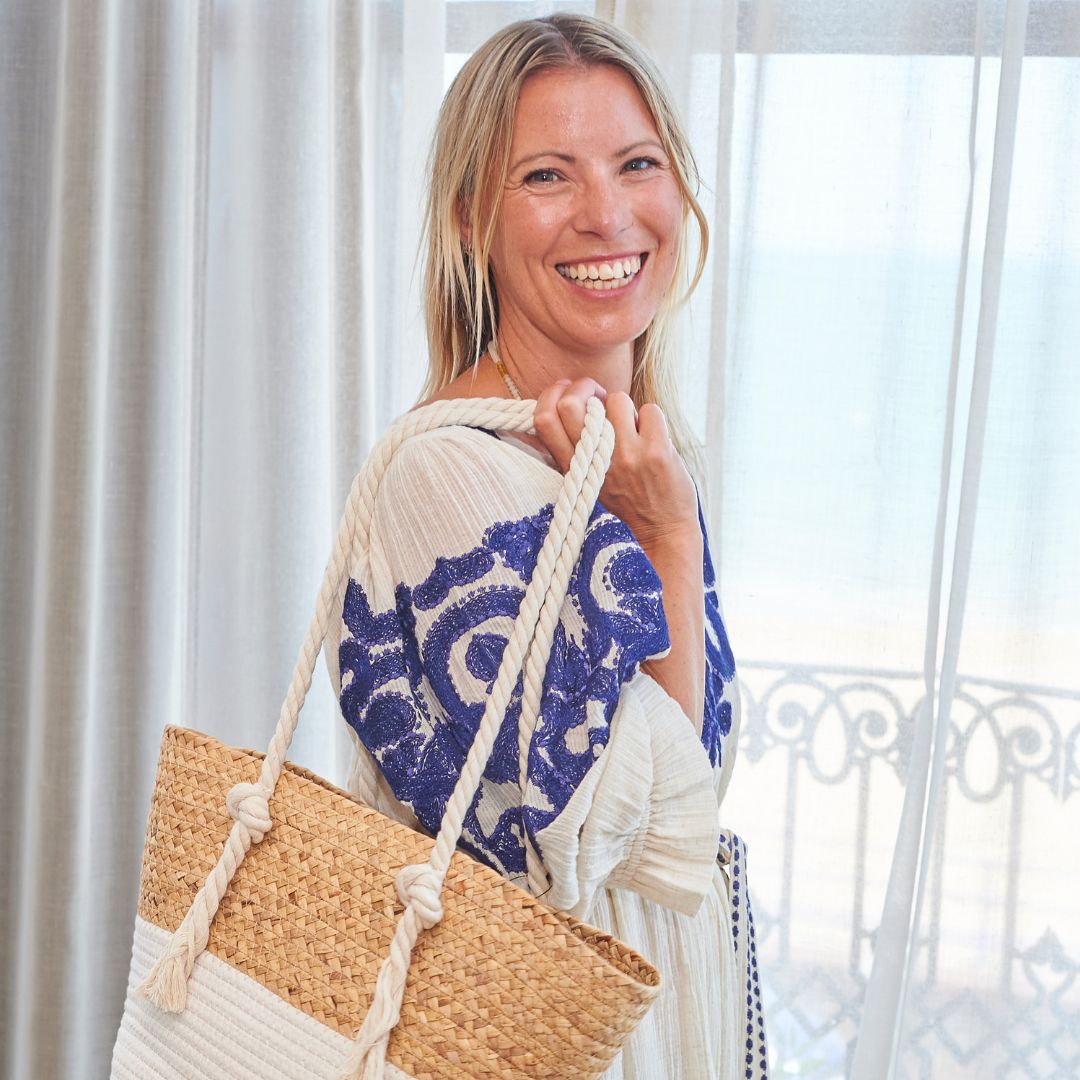
Hannah Hughes is Group Fashion Editor at Future Publishing. Her work appears in Woman & Home, Woman, Woman's Own, Chat and Woman's Weekly magazines. She is a fashion creative with over 20 years of solid experience in editorial, commercial, and celebrity styling. Hannah holds an in-depth knowledge of the luxury, mid and high-street fashion sectors.